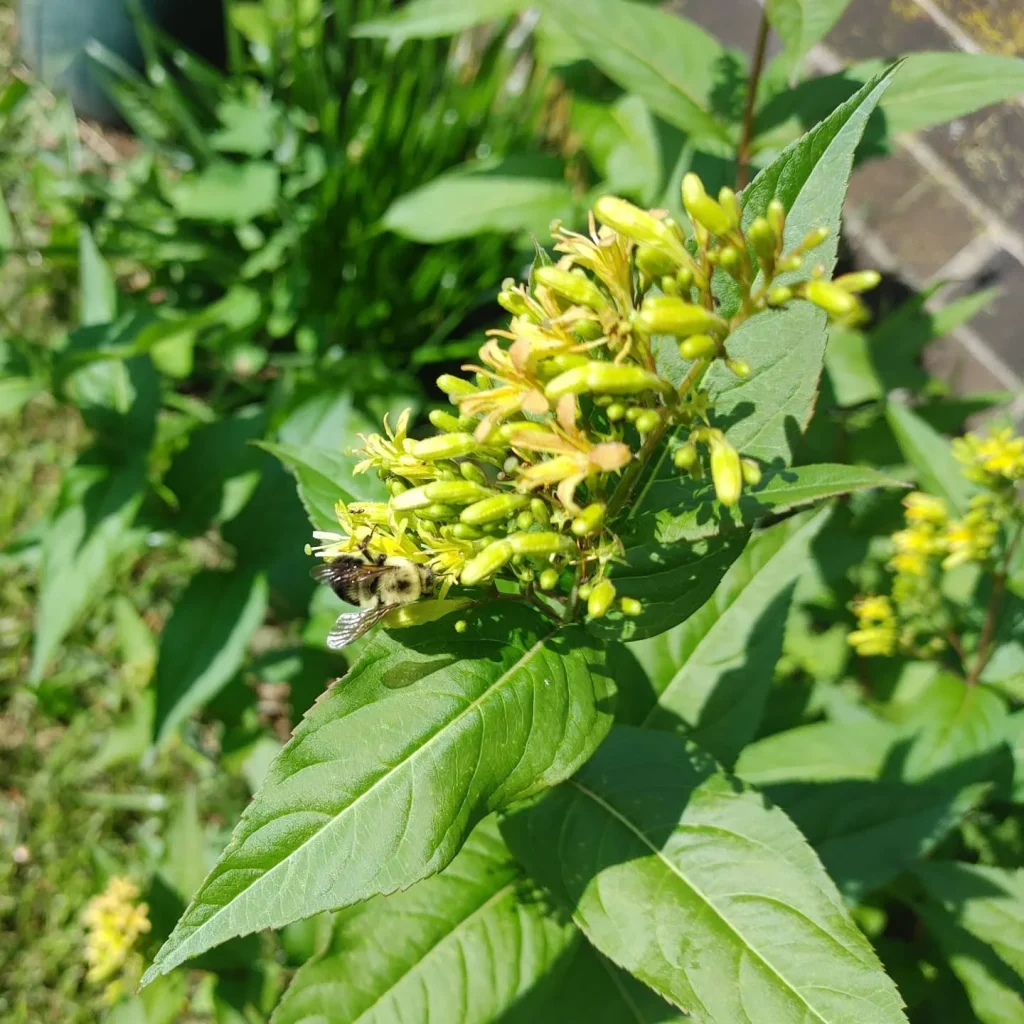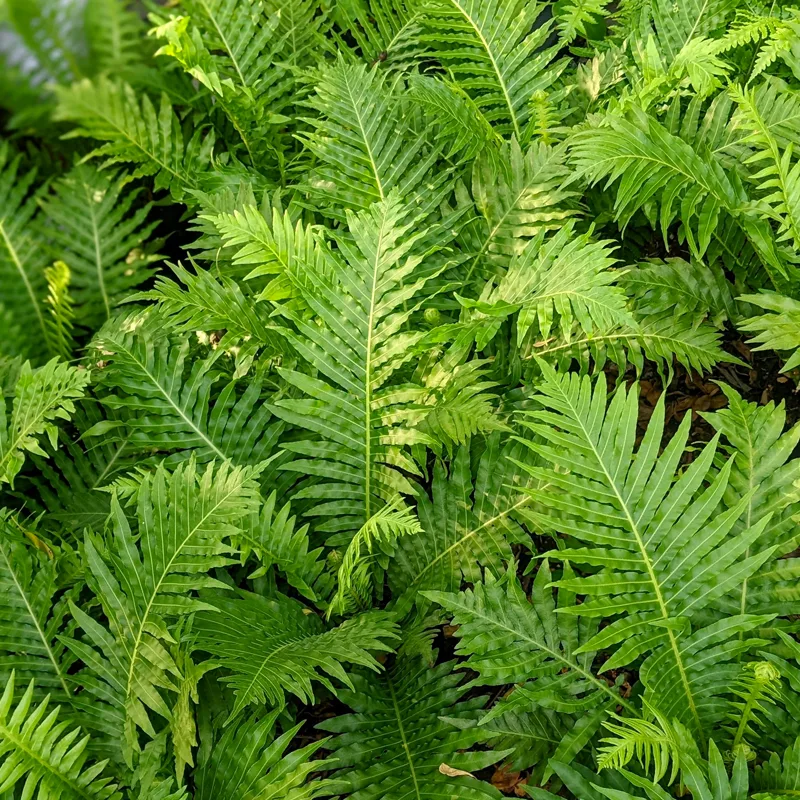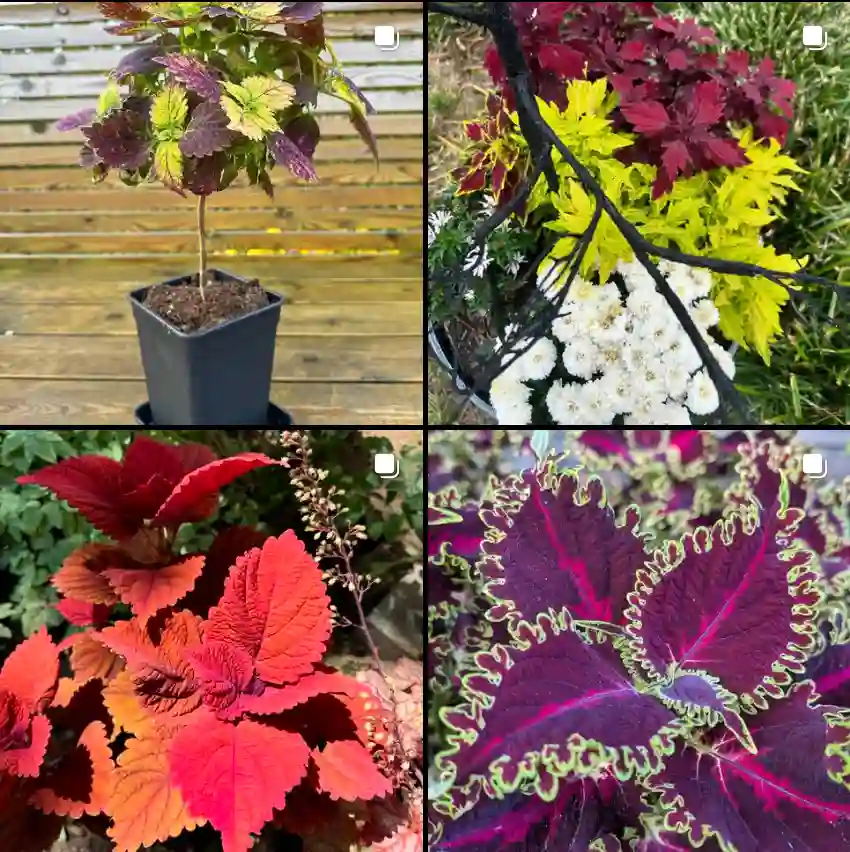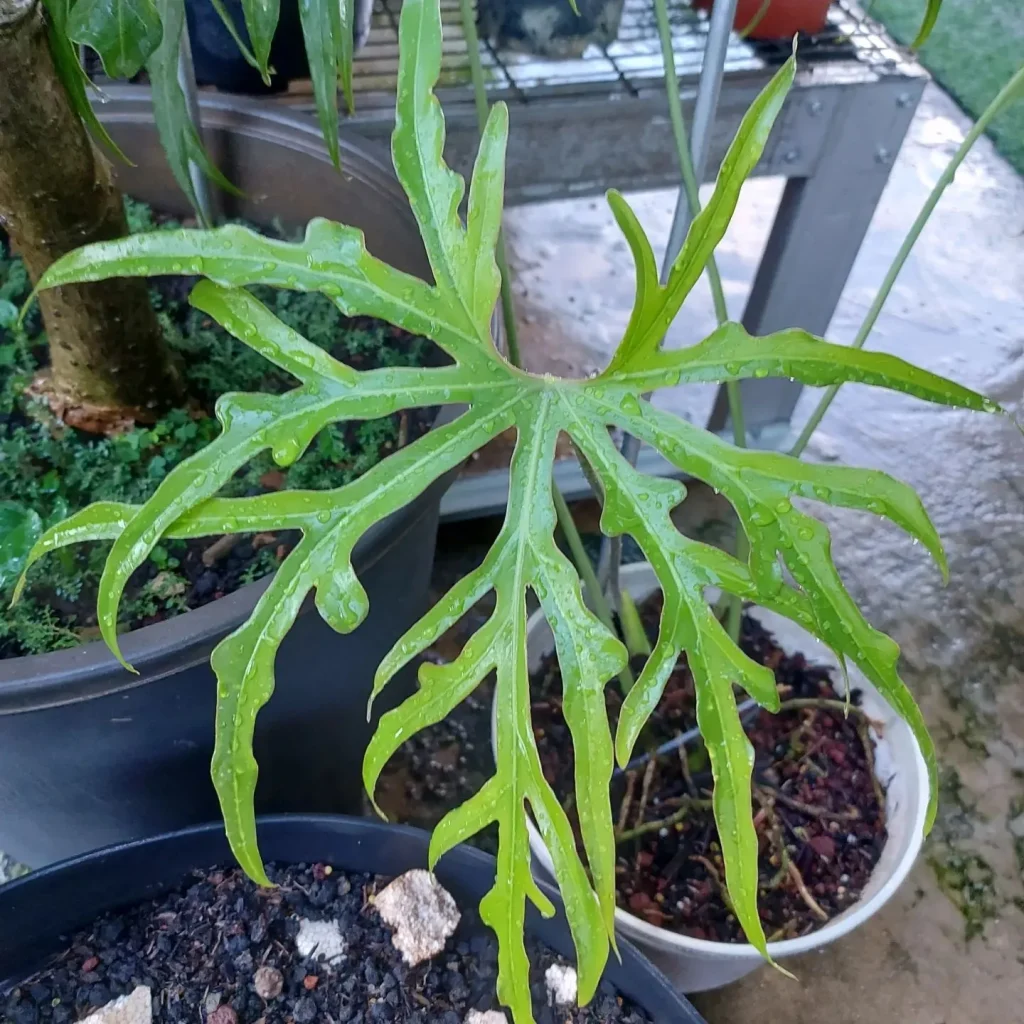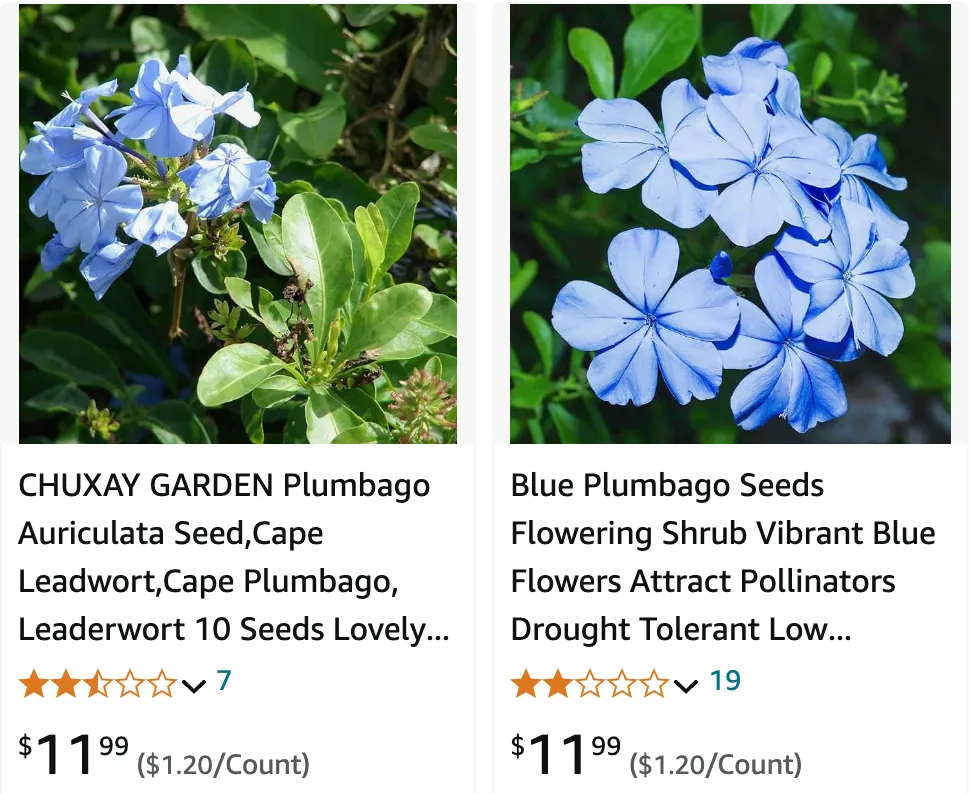
What is Plumbago?
Plumbago, part of the Plumbaginaceae family, includes several species and varieties that are primarily native to tropical and subtropical regions. The most well-known species within this genus are Plumbago Auriculata and Plumbago Capensis. These plants are cherished for their vivid blue or white flowers and their ability to create lush, vibrant displays in gardens.
Plumbago species
- Plumbago africana (Lam.) Christenh. & Byng
- Plumbago amplexicaulis Oliv.
- Plumbago aphylla Bojer ex Boiss.
- Plumbago arabica (Boiss.) Christenh. & Byng
- Plumbago auriculata Lam.
- Plumbago caerulea Kunth
- Plumbago ciliata Engl. ex Wilmot-Dear
- Plumbago dawei Rolfe
- Plumbago europaea L.
- Plumbago glandulicaulis Wilmot-Dear
- Plumbago hunsbergensis van Jaarsv., Swanepoel & A.E.van Wyk
- Plumbago indica L.
- Plumbago ituriensis Ntore
- Plumbago madagascariensis M.Peltier
- Plumbago montis-elgonis Bullock
- Plumbago pearsonii L.Bolus
- Plumbago pendula (Balf.f.) Christenh. & Byng
- Plumbago pulchella Boiss.
- Plumbago socotrana (Balf.f.) ined.
- Plumbago stenophylla Wilmot-Dear
- Plumbago tristis W.T.Aiton
- Plumbago wissii Friedrich
- Plumbago zeylanica L.
Is Plumbago a Perennial?
Yes, Plumbago is a perennial in most climates, meaning it can live for several years and return each growing season. In regions with mild winters, it will keep its foliage throughout the year. In colder climates, it may die back in winter but will regrow from the roots in the spring.
When to Plant Plumbago in Texas?
In Texas, the best time to plant Plumbago is in the spring after the last frost has passed. This allows the plant to establish its roots and grow steadily throughout the warmer months. Planting in spring ensures that Plumbago will have a full growing season to develop and thrive.
Does Plumbago Need Full Sun?
Plumbago thrives in full sun, although it can tolerate partial shade. For the best results, provide it with at least six hours of direct sunlight each day. Full sun exposure helps Plumbago produce more blooms and maintain a compact, healthy growth habit.
How Big Do Plumbago Plants Get?
Plumbago plants typically reach a height of 3 to 6 feet and can spread up to 6 feet wide. Their size can vary depending on the growing conditions and the specific variety. Regular pruning can help keep the plant within a manageable size and encourage denser growth.
When Do Plumbago Bloom?
Plumbago plants generally bloom from late spring to early fall. The exact blooming period can vary depending on the climate and local growing conditions. In warmer regions, you might enjoy a longer flowering season with continuous blooms throughout the summer.
How to Care for Plumbago?
Caring for Plumbago involves several key practices:
- Watering: Keep the soil consistently moist but not waterlogged. Allow the top inch of soil to dry out between waterings.
- Fertilizing: Apply a balanced fertilizer every 6-8 weeks during the growing season to promote healthy growth and flowering.
- Pruning: Regularly prune Plumbago to maintain its shape and remove any dead or diseased branches. Pruning also encourages more blooms.
- Mulching: Apply mulch around the base of the plant to retain moisture and suppress weeds.
How to Propagate Plumbago?
Propagating Plumbago is relatively straightforward and can be done through:
- Cuttings: Take 4-6 inch cuttings from the plant in late spring or early summer. Dip the cut end in rooting hormone, then plant it in a pot with well-draining soil. Keep the soil moist and provide indirect light until roots develop.
- Division: In spring or fall, you can divide the root ball of an established Plumbago plant. Replant the divisions immediately to ensure they establish quickly.
How to Stop Plumbago from Spreading?
To prevent Plumbago from spreading uncontrollably:
- Regular Pruning: Prune the plant regularly to keep its growth in check and prevent it from becoming invasive.
- Barrier: Use physical barriers such as edging to contain the plant and prevent it from spreading into unwanted areas.
Is Plumbago Deer Resistant?
Yes, Plumbago is generally considered deer resistant. While no plant is completely deer-proof, the dense foliage and bitter taste of Plumbago tend to deter deer from feeding on it.
Is Plumbago Toxic to Dogs?
No, Plumbago is not known to be toxic to dogs. It is generally considered safe for pets. However, it’s always a good idea to monitor pets around plants to prevent any potential issues.
Is Hardy Plumbago Invasive?
In some regions, particularly in warmer climates, Plumbago can be considered invasive due to its vigorous growth and spreading habit. It’s important to manage its growth carefully to prevent it from overtaking other plants in your garden.
What to Plant with Plumbago?
Plumbago pairs well with various other plants, including:
- Lantana: The vibrant colors complement each other well.
- Bougainvillea: Provides a contrasting texture and color.
- Verbena: Offers additional color and attracts pollinators.
By understanding and addressing these aspects of Plumbago care and cultivation, you can enjoy its beauty and resilience in your garden.
If i die, water my plants!
